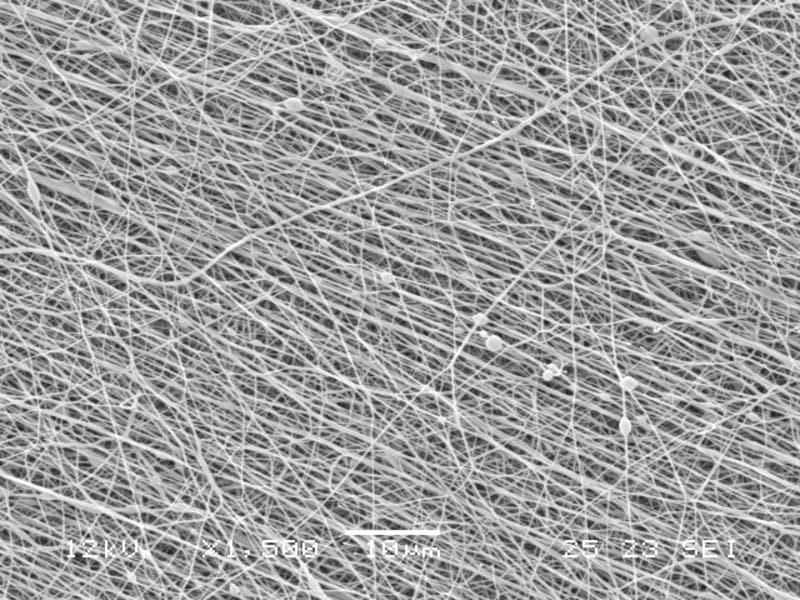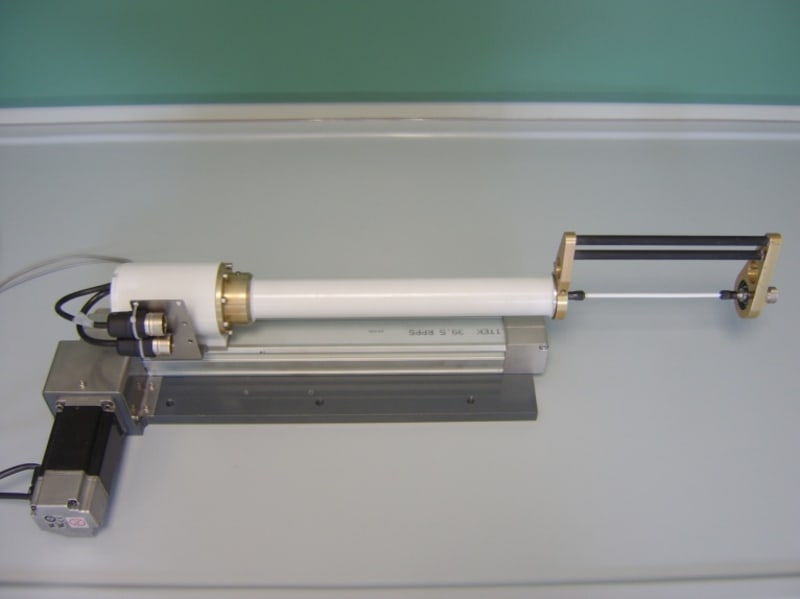Nanotechnology has been applied to the field of regenerative medicine to yield biocompatible substrates that can be employed to regenerate veins, skin, cartilage and nerves.
Patients subjected to self-transplant currently have difficulty in retrieving healthy and sufficiently abundant tissues for the double surgical procedures: explants and implants. Such problem strongly affects children, old-aged, severe burn victims and, in general, any patient that wishes to reduce recovery time.
Linari Engineering has designed and engineered a device able to model 3D structures from polymeric nanofibers. We called our machine RTCollector, and it is currently the fastest and most precise machine in the world in nanoimprinting fiber deposition and patterning. Rapid one hour assembly allows almost out-of-the-box use, thus making it extremely popular with scientific laboratories throughout the five continents. Results yield structures with exceptional mechanical properties: elasticity, thickness, density, biocompatibility similar to living tissue.
What’s missing? These substrates prove insufficient for what concerns permeability to gas, fluids and nutrients; therefore, they still cannot be implanted into humans. Experiments on new material compounds and new technical solutions that allow real-time monitoring of nanoimprinted fibers are necessary, given the current lack of any machinery able to deposit an extremely thin jet with micrometric precision at several meters per second.
Animal testing on nanoimprinted substrates is currently underway. The goal is to perform suturing of traumatized nerves in order to restore functionality and sensitivity to patients currently afflicted by the loss of these characteristics. Future uses also aim to reconstruct cartilage parts such as the nasal septum or ears from 3D structures custom modeled for each patient, as well as fashion “skin bandages” or “vein tubes” that initially substitute skin or veins. These implants ensure the protection of underlying tissue or blood flow and are gradually absorbed by the body to leave room for growing skin and veins, which coat these absorbable nanoimprints.
An ambitious and multidisciplinary project that opens the doors to potential collaborations with pharmaceutical companies for the production and marketing of ready for use “vein tubes” and “skin bandages” to hospitals.
Like this entry?
-
About the Entrant
- Name:Stefano Linari
- Type of entry:individual
- Software used for this entry:Autodesk Inventor suite
- Patent status:none








